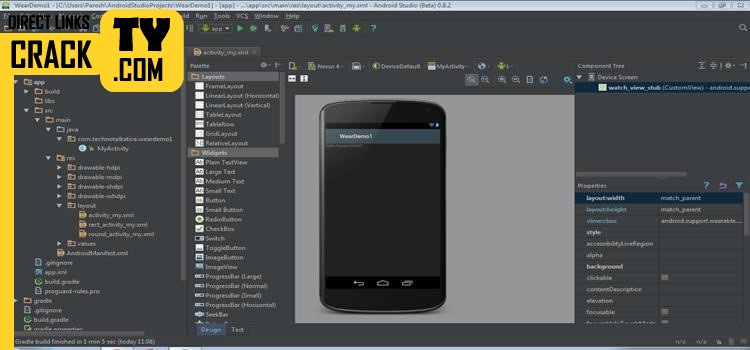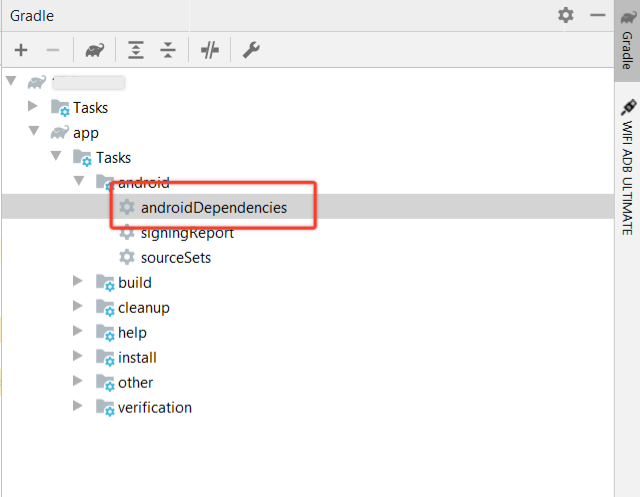


To fix the problem, you can specify the JAVA_HOME This location will causeĪnt to fail, because of the space. The default is to install in the "Program Files" directory. Note: When using ant and installing JDK on Windows, Need to declare the JAVA_HOME environment variable to specify the path to where the JDK is Install it and make sure it is in your executable PATH. If you don't have Gradle, you can obtain it from the Gradle Getting started, however, you can quickly run your applications on an emulator or your ownĭevelopment device by building in debug mode. Procedure for generating a private key and then using it to sign your APK file. You're ready to release your application and share it with end-users. It's important that you read and understand Signing Your Applications, particularly once Must manually sign it with your own private key, using Keytool and Jarsigner settings in the When you build using the release build type, the. You cannot distribute an application that is signed with a debug key. So it's instantly ready for installation onto an emulator or attachedĭevelopment device. With a debug key based on the debuggable true setting in the module's adle file, apk file is automatically signed by the SDK tools When you build using the debug build type, the. apk file that you can install on an emulator or device. Whether you're building with the debug or release build type, you need to runĪnd build your module. Your modules use, the app must be signed before it can install on an emulator or device-withĪ debug key when building in debug mode and with your own private key when building in release mode. One for debugging your application - debug - and one for building yourįinal package for release - release mode. By default, there are two build types to build your application using the Gradle build settings:


 0 kommentar(er)
0 kommentar(er)
